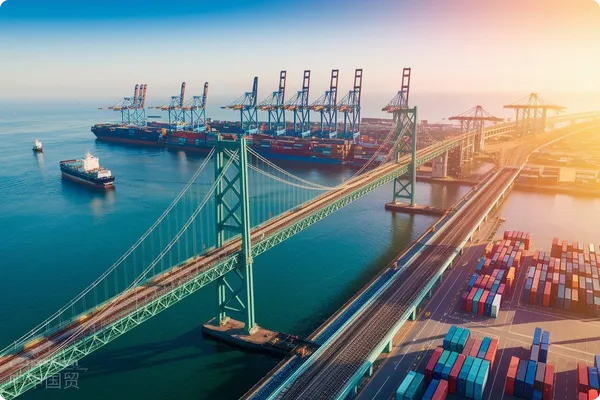- Shanghai Zhongshen International Trade Co., Ltd. - Two decades of trade agency expertise.
- Service Hotline: 139 1787 2118

Evolution of Global Kitchen Equipment Trade Patterns
The global commercial kitchen equipment market is projected to exceed $48 billion in 2025, with Chinas import share continuously rising to 32%. With the upgrade of EU EN 203 series certifications and expanded NSF/ANSI 169 standards in the U.S., compliance requirements have increased by 47% compared to 2020.Import Representationvalue is reflected in:
- Customs clearance time reduced by 15-30 working days compared to self-operated models
- Total logistics costs reduced by 18%-25%
- Return shipment risk rate decreased from 12% to 3.8%
Key evaluation dimensions for import agency services
KitchenEquipment ImportsAgents should focus on four core elements:
- Qualification system
- Customs AEO certification level (recommended M grade or above)
- Coverage scope of special equipment import licenses
- Technical processing capabilities
- CE/UL certification conversion efficiency
- Equipment power parameter adaptation solutions
- Channel network
- Dedicated customs clearance channels at major ports
- Overseas warehouse coverage radius ≥500km
2025 tariff policy response strategies
According to the 2025 HS code adjustment plan by China Customs, special attention is required for commercial equipment imports:
- Category 8418 adds new energy efficiency grading requirements
- Stainless steel content standard for category 7321 increased to 18%
- VAT differential refund mechanism for electric kitchenware imports
Professional agents can improve classification accuracy to 98.7% through pre-classification declaration systems, avoiding port detention fees caused by HS code errors.
Comparative analysis of typical cooperation models
- Full-process hosting model
- Ideal for first-time importers
- Includes 12 standard service modules
- Phased customization model
- Preferred for enterprises with partial qualifications
- Customizable customs clearance/logistics/taxation processes
Case study: Import optimization for chain restaurant equipment
A restaurant chain group imported German combination ovens through professional agents in 2024:
- 3CCertification processing cycle reduced from 45 days to 22 days
- Utilized free trade zone policies to save RMB 146,000 in tariffs
- End-to-end visual tracking system reduced cargo damage rate to 0.3%
Industry service trends for the next three years
With annual 21% growth in smart kitchen equipment imports, professional agency services will extend towards technical value-added directions:
- Equipment parameter pre-debugging services
- Multi-country voltage adaptive solutions
- After-sales spare parts bonded warehousing network
Related Recommendations
? 2025. All Rights Reserved. Shanghai ICP No. 2023007705-2  PSB Record: Shanghai No.31011502009912
PSB Record: Shanghai No.31011502009912










